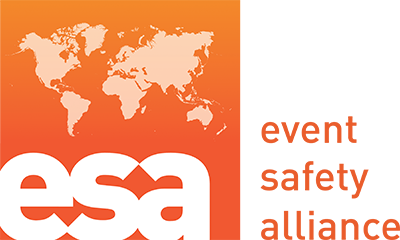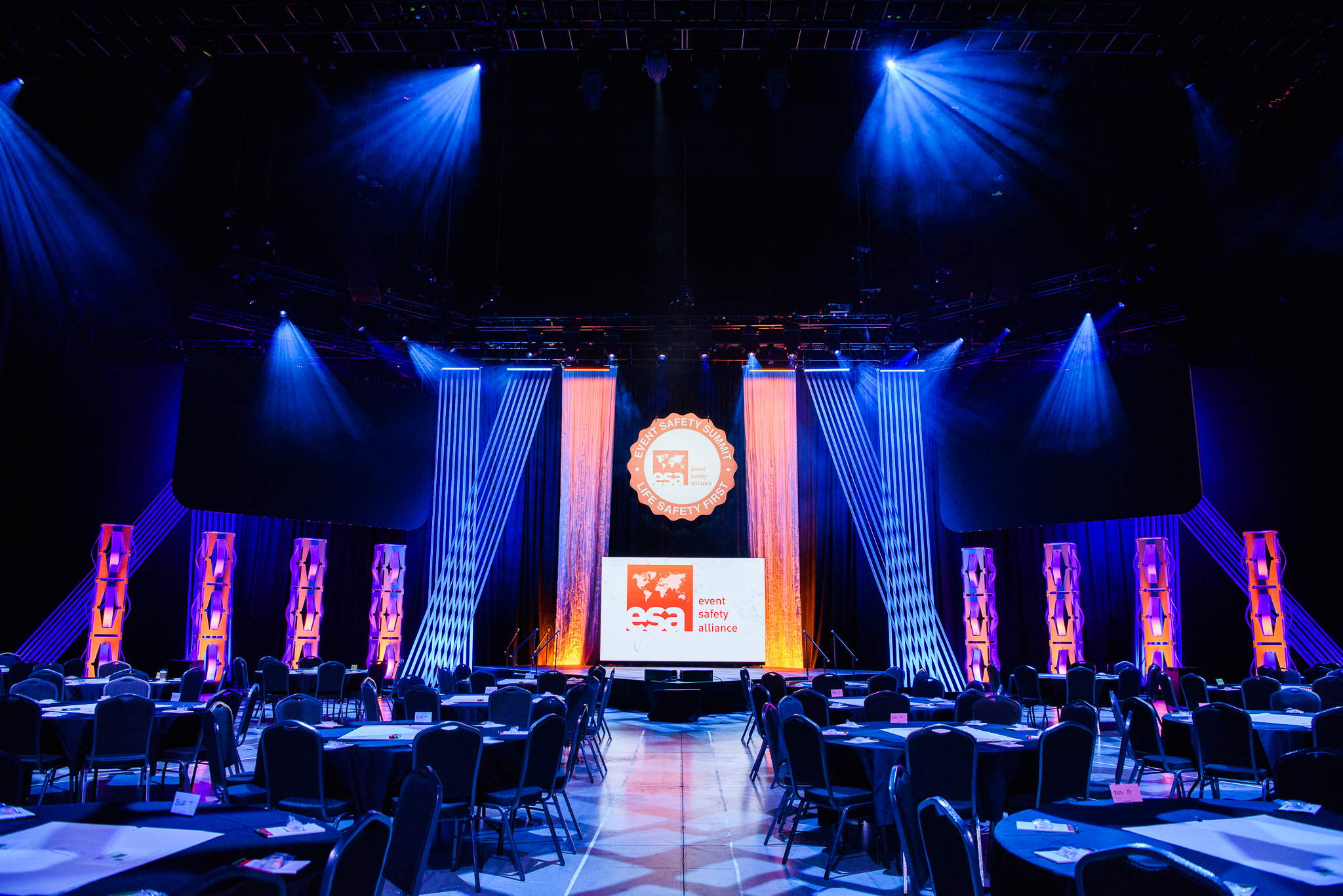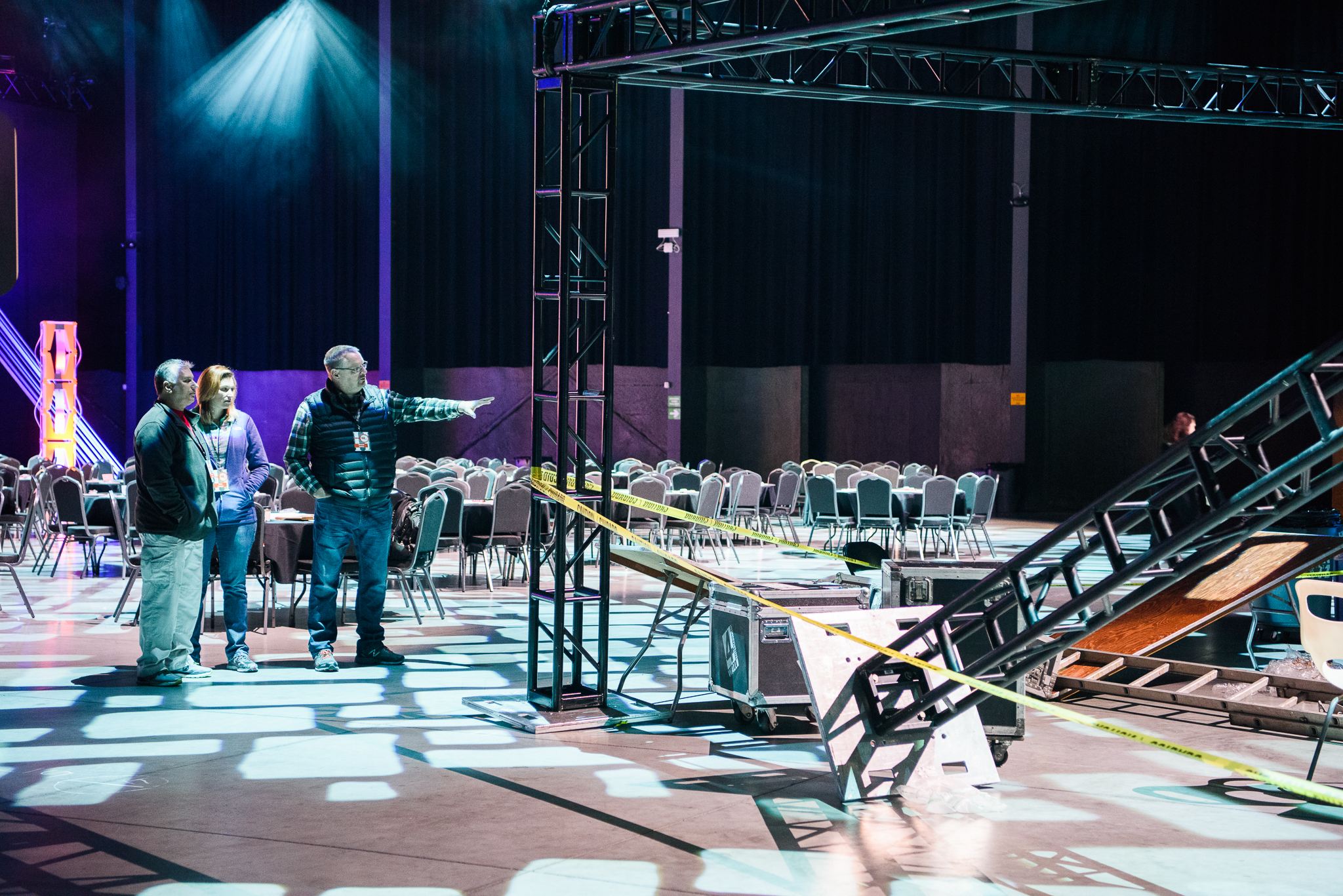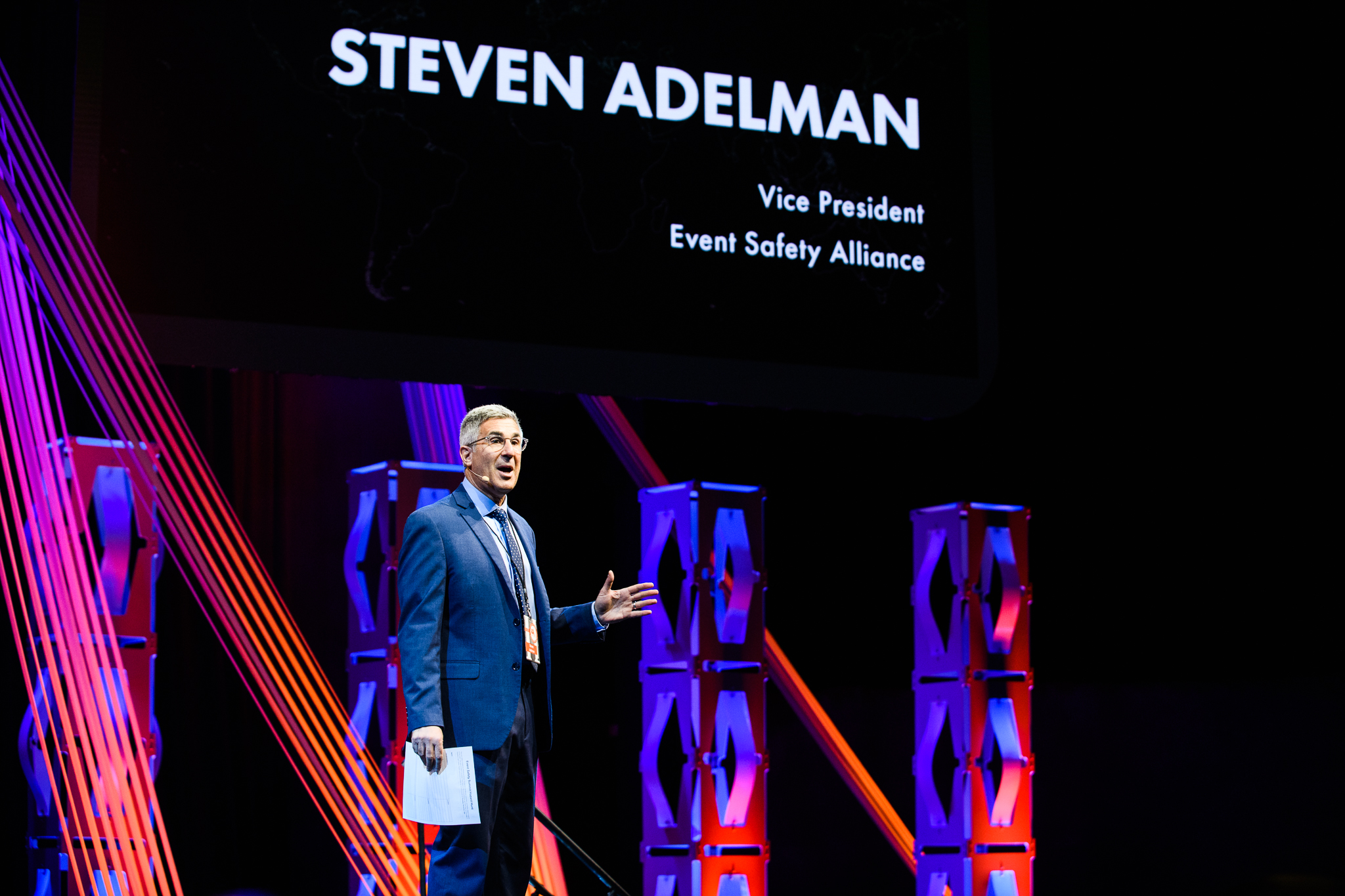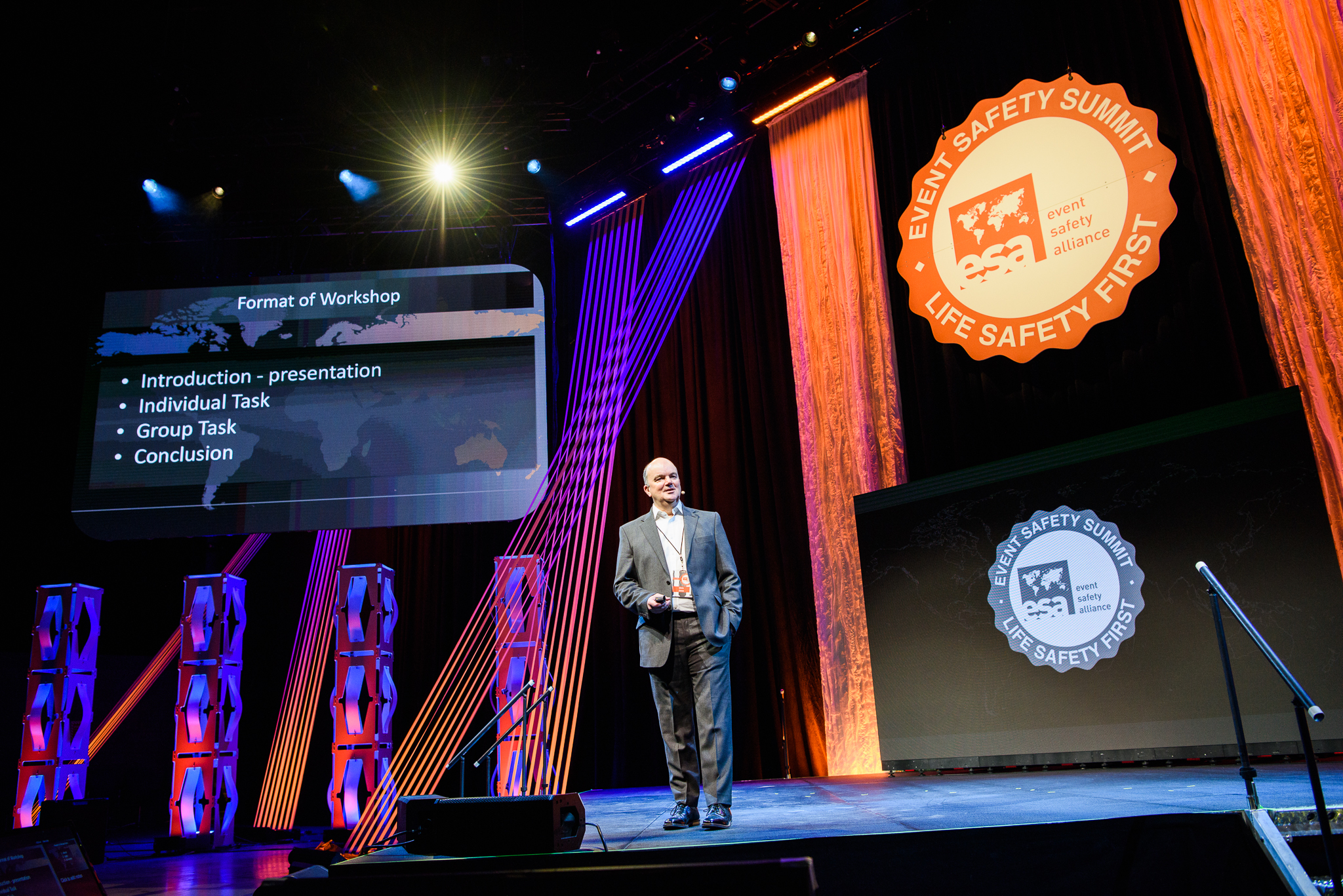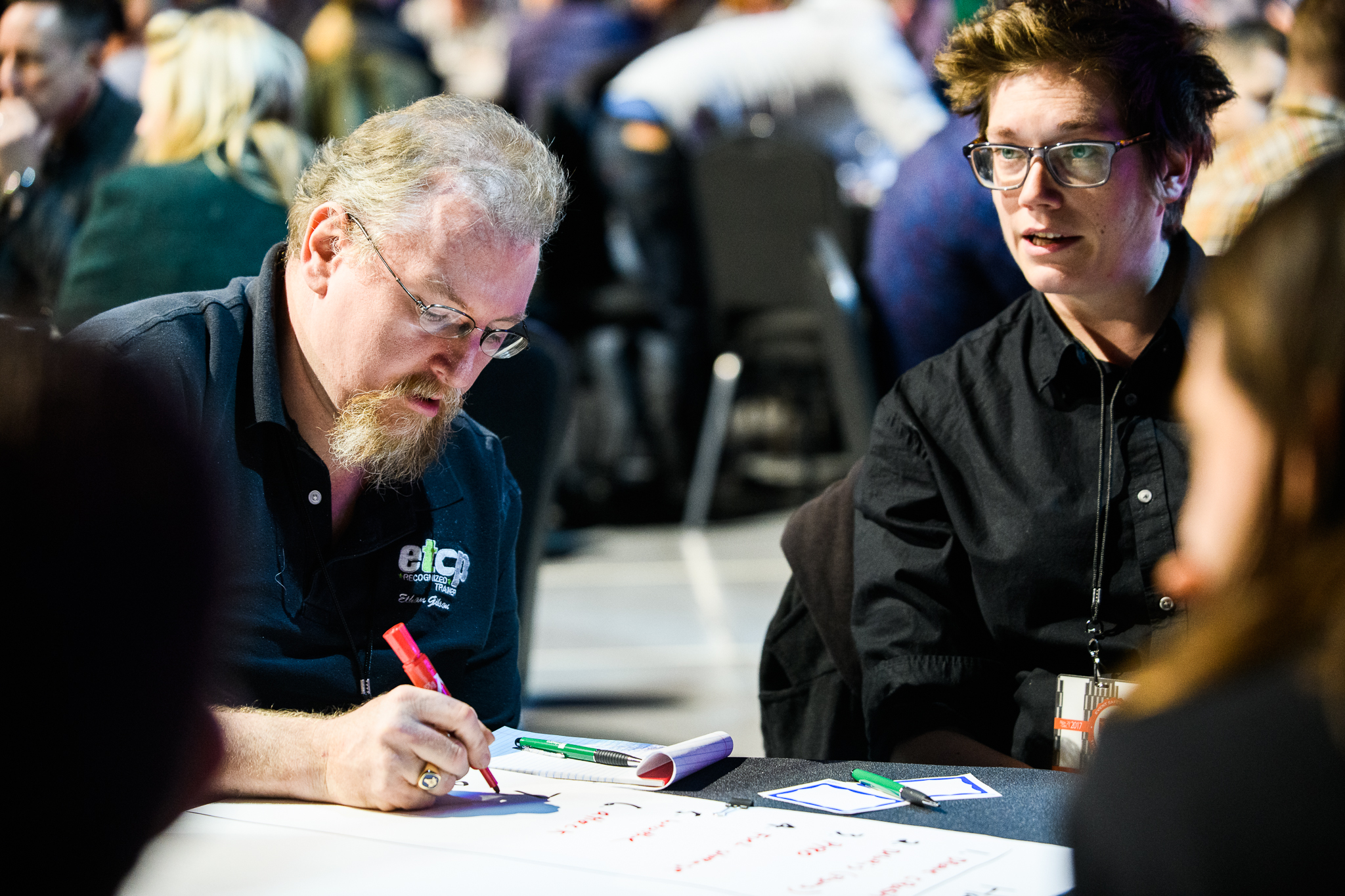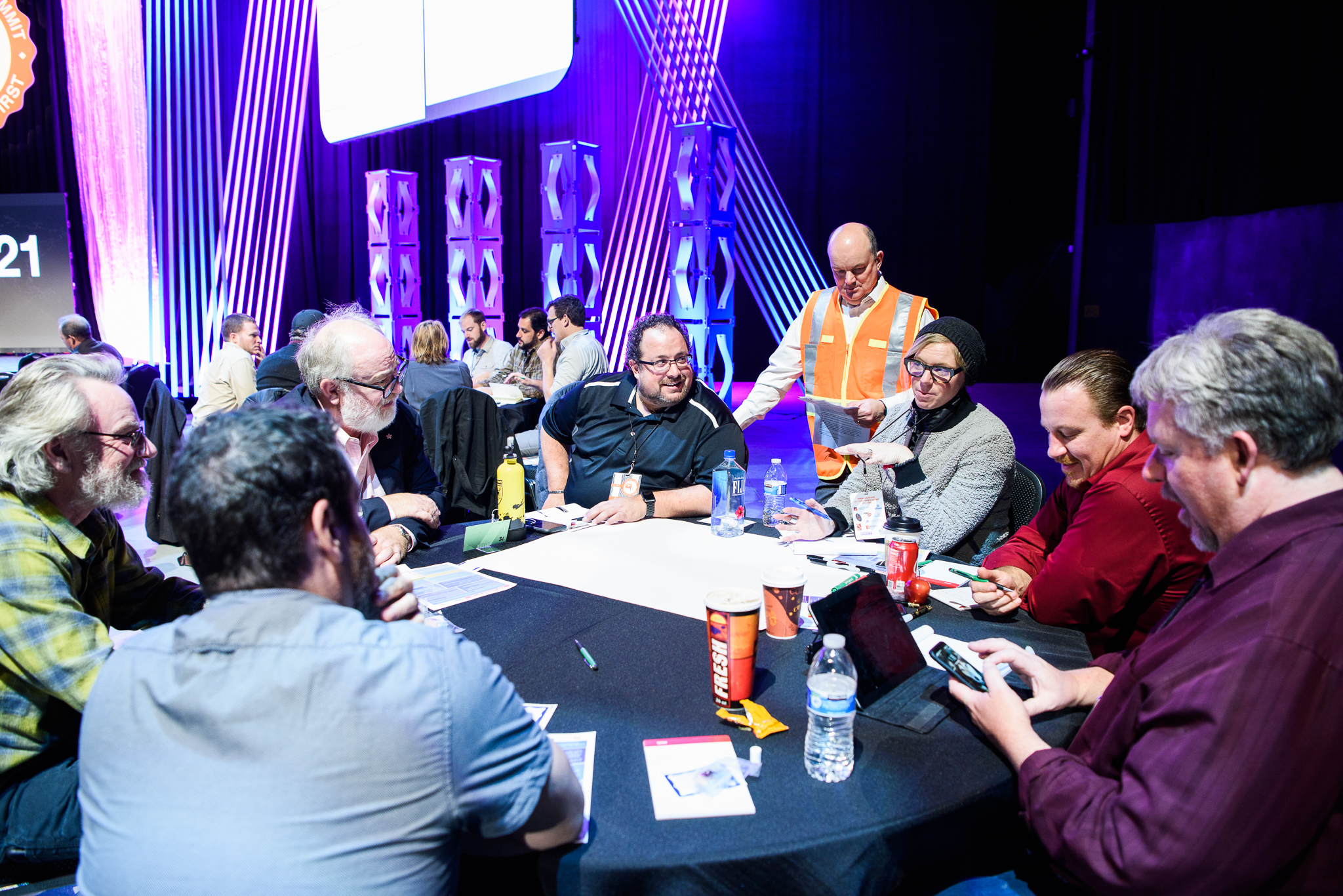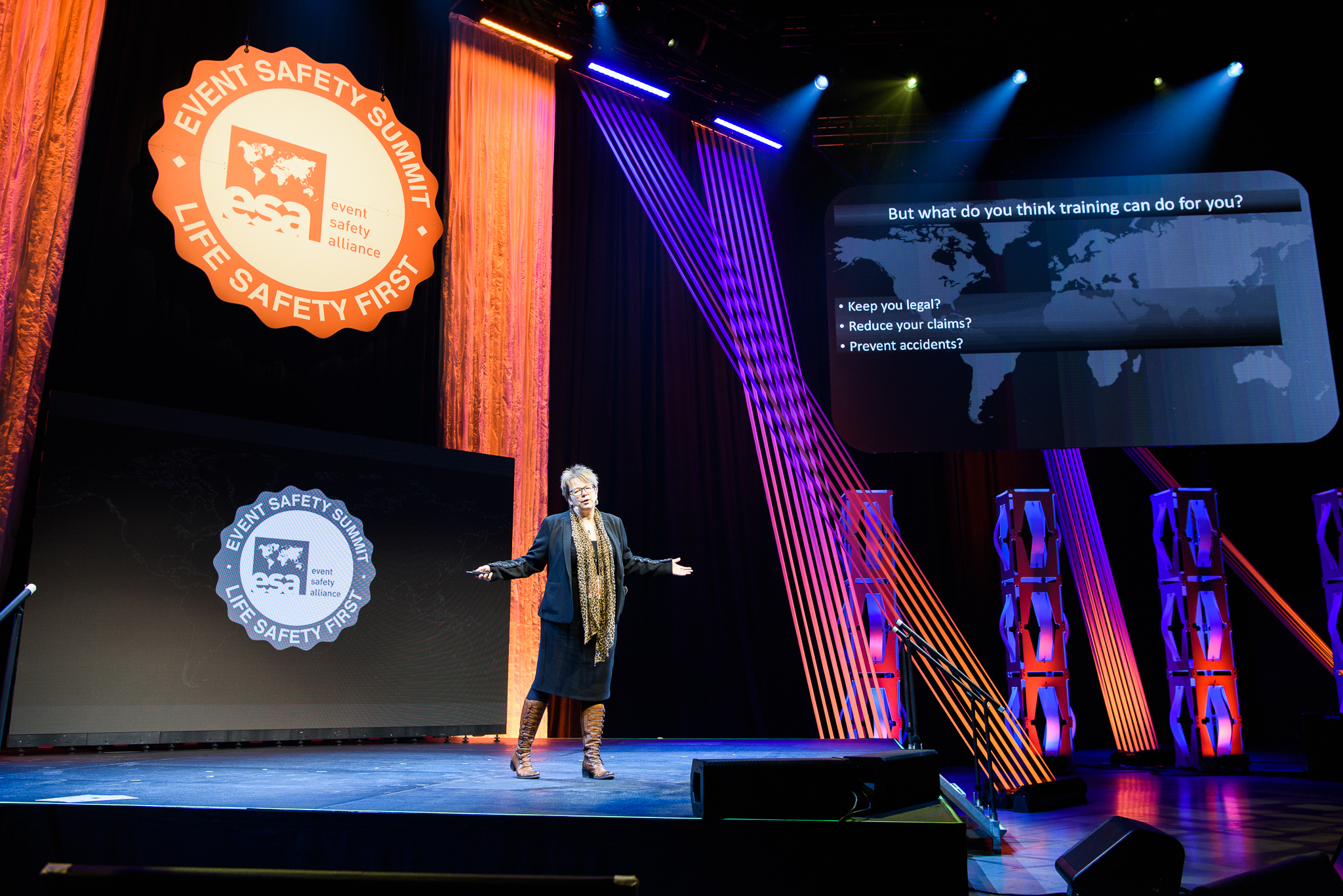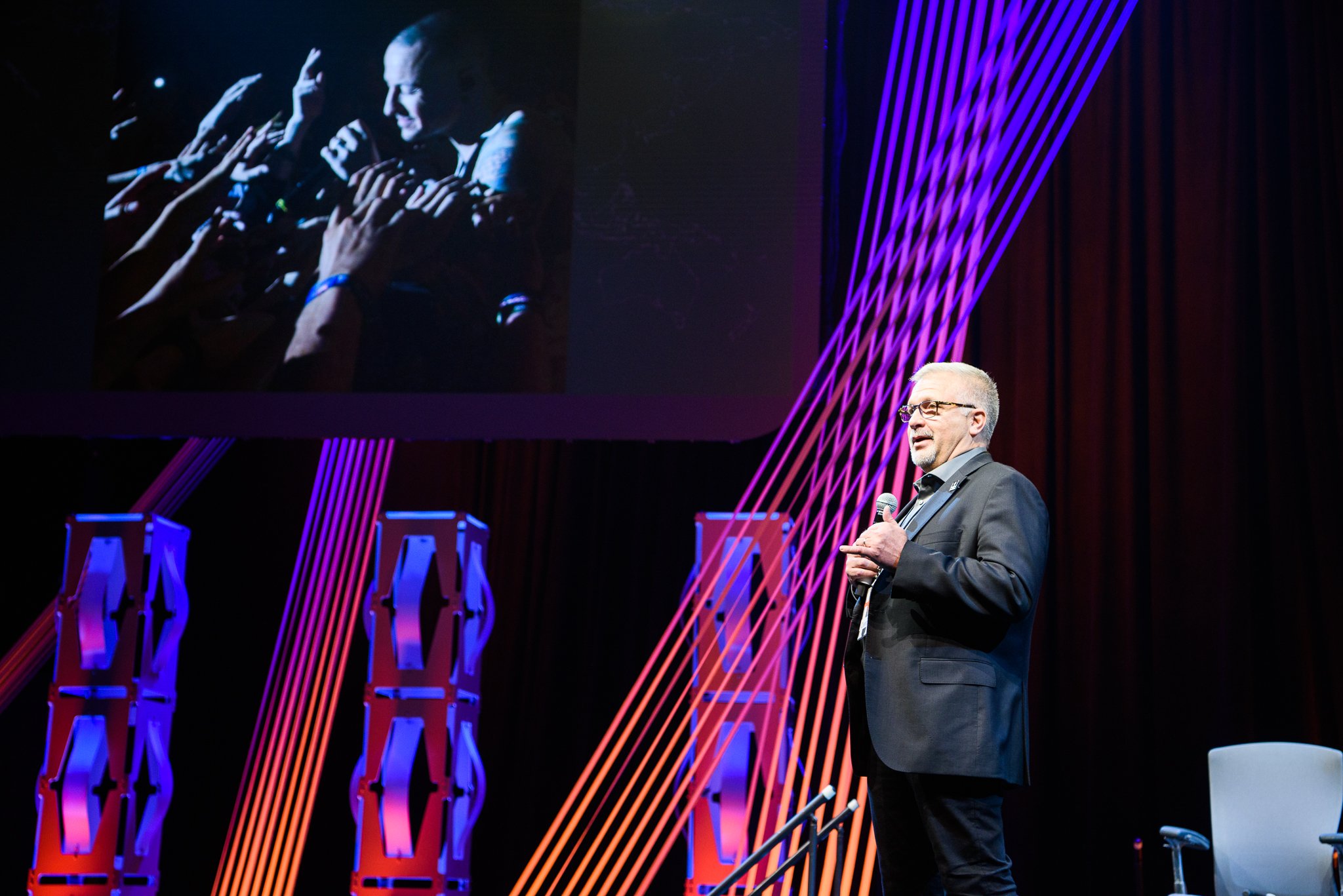The Pillars of Planning: A Look at the ESA’s 2017 Event Safety Summit
“By failing to prepare, you are preparing to fail.” - Benjamin Franklin
Variations of this quote have long been a favorite bludgeon of slick-haired management gurus as a catchy, middle-brow means of stating the obvious. Whether it’s launching a new product, cooking a meal, or simply trying make a tight connection at O’Hare, preparation is key to a successful outcome. In our own industry, most professionals agree that planning for safety has become an essential part of the event production process. What is often less clear are the details - what should we prepare for, and where do we begin?
The 2017 Event Safety Summit, titled “The Pillars of Planning”, sought to answer these questions. Held the week following Thanksgiving at Rock Lititz in Lititz, Pennsylvania, this year’s event featured three days of workshops, presentations, and discussions focused on safety planning, with a goal of providing an actionable roadmap for initiating the plan development process.
Growth and Evolution
Launched in 2014, Event Safety Alliance’s signature program continues to experience tremendous growth. Nearly 300 people took part in this year’s Summit, an increase of over 30% from the 2016 event. The audience has become increasingly diverse, with participation from dozens of professional disciplines and delegates from as far away as Finland, Israel, and Saudi Arabia. This diversity was also reflected in the number of industry segments represented, including corporate events, experiential marketing, music, motorsports, athletics, and academia.
In anticipation of this increased professional, experiential, and geographic diversity, the 2017 program was curated to ensure near-universal applicability. Most sessions focused on “big picture” issues common to all events and organizations, such as training, leadership, and developing a positive safety culture. Several sessions featured small group workshops guided by a team of facilitators, designed to promote cross-discipline engagement and peer learning.
The design of the event space was reconsidered, with circular tables and a half-round layout taking the place of the traditional conference setting. This year’s Summit even featured a mock accident scene that served as the basis for a “hazard hunt”, where attendees were tasked with identifying pre-staged hazards throughout the facility.
The Pillars of Planning
The core of this year’s program consisted of workshops focused on four planning “pillars” common to most event types and professional functions - assessment, documentation, training, and management. Chris Jones (Integro) kicked off the 2017 Summit with “Practical Risk Assessment”, a primer on identifying and quantifying risks and mitigation measures. Jones guided the audience through a practical assessment exercise based on a speedway [motorcycle racing] event. Attendees were presented with video of an actual race, and were tasked with identifying ten risks and potential mitigation methods. Building on Jones’ assessment exercise, Eric Stuart (Gentian Events Ltd.) later led attendees in a workshop on the importance of documentation to the plan development process, guiding each table-based group to come up with possible risks associated with the event. These risks were then compiled for use in developing an outline for a safety plan for future Event Safety Summits.
While Jones and Stuart's sessions looked at plan creation, Emma Parkinson's (Coventry University) session focused on what happens AFTER a plan is developed. Her workshop “Taming Training Troubles” examined the importance of training and how an organization's safety culture can positively or negatively impact its effectiveness. Relatedly, Dominic Housiaux (Lankey & Limey Ltd.) later discussed at how individual leadership styles can affect project performance by challenging attendees to script and record a video on a pre-assigned safety topic, such as ladder safety and Personal Protective Equipment. His session took a fresh and entertaining approach to present a weighty subject, providing plenty opportunity for networking and more than a few humorous stories.
Closing out the workshop series and the event itself, ESA Vice President Steven Adelman tied the previous material together by leading the group through a final table top exercise. Titled “Shlobotnick Enterprises’ Annual Event”, the exercise provided an opportunity to apply knowledge gleaned from the previous two days to an imaginary corporate event. Attendees were assigned various roles such as production manager, fire marshal, or promoter and asked to respond to a series of routine and emergency situations. While often intentionally silly (the session title itself being a nod to Charlie Brown), the exercise clearly demonstrated the impact planning, or lack thereof, can have when responding to unexpected situations.
Event Safety and Black Swans
In addition to the core planning workshops, this year’s Event Safety Summit addressed several issues at the forefront of everyone’s mind. ESA Vice President Steven Adelman discussed the concept of "Black Swans", rare and often catastrophic events that seem predictable in retrospect. Using the Route 91 shootings in Las Vegas as reference, he argued that while such events must be considered when developing a safety plan they should not take undue precedence over more likely (and statistically more damaging) risks. Adelman stressed that measures taken in response to such risks should be well-reasoned and effective, not guided by emotion or advice from self-appointed "experts".
He then welcomed Jason Aldean’s Production Manager Drew Brown to the stage, who shared his first-hand account of the Las Vegas shootings and measures his team has taken in response to the tragedy. Reinforcing Adelman's argument, Brown acknowledged that their team has worked to overcome the natural inclination to "arm up" for every event, and instead have focused on venue-specific safety measures and improving coordination between the tour, venue, and local authorities.
Brown closed out the session with a call to action. “There are so many things that we’ve turned a blind eye to in our industry and I’m tired of it. We’re all tired of it. We have to be a whole to make a change.”
Shining a Light on Mental Health
Depression and addiction are growing problems in our industry and society at large. With many losses on both sides of the curtain in 2017, this year's Event Safety Summit sought to bring attention to the issue of mental health in an open and supportive environment. ESA President Jim Digby led a discussion featuring MusiCare’s executive Erica Krusen and Dr. Lyn Rowbotham, as well as renown artists Franky Perez (Apocalyptica) and Jimmy Chamberlin (Smashing Pumpkins). Perez and Chamberlin shared their personal struggles and recovery with a rapt audience, while Digby recounted the heartbreaking loss of Chester Bennington this past summer. The discussion and questions extended well past the scheduled end time, a testament to the importance of the subject matter and the personal stories that needed to be told.
Culturing Your Safety Culture
The Summit also tackled the issue of internal and external organizational culture change. Steve Lemon (Event Safety Alliance) and Dr. Michael Useem (University of Pennsylvania) discussed both psychological and practical barriers to organizational change in their session “Culturing Your Safety Culture”. Experiential Marketing expert James Kern joined Dominic Housiaux (Lankey & Limey Ltd.) for “Coaching the Client”, a facilitated brainstorming session where audience members were encouraged to tweet their ideas for selling safety to skeptical clients and other stakeholders. These were then shared on the event’s video screens and discussed among the group.
Staging and Pyro and Drones, Oh My...
While this year’s Summit emphasised universal safety concerns, production-related issues were still well-represented on the schedule. Ryan Hewlett’s (Tait) session “Designing for Wind Load: Engineering Basics,” provided an overview of the considerations that are made when designing entertainment structures for outdoor use, which spurred a lengthy discussion on ANSI E1.21 (Entertainment Technology - Temporary Structures Used for Technical Production of Outdoor Entertainment Events). Brian Panther’s (Pyrotek Special Effects) presentation “Special Effects and Fireworks Safety Essentials,” discussed several types of special effects and their safety considerations, including fireworks, flame effects, and lasers. Representatives from several companies on the Rock Lititz campus (including Tait, Clair Global, Atomic Design, Columbus McKinnon, Pyrotek, and Upstage Video) hosted a panel on safety considerations and collaboration during the design process. Finally, Federico Augugliaro (Verity Studios) gave an overview of UAV safety basics before launching into a stunning choreographed demonstration that left those in the room transfixed.
Looking Ahead
The 2018 Event Safety Summit is scheduled for November 28-30 at Rock Lititz. Registration will open in early June. For more information or to make content suggestions, please visit http://eventsafetyalliance.org.
